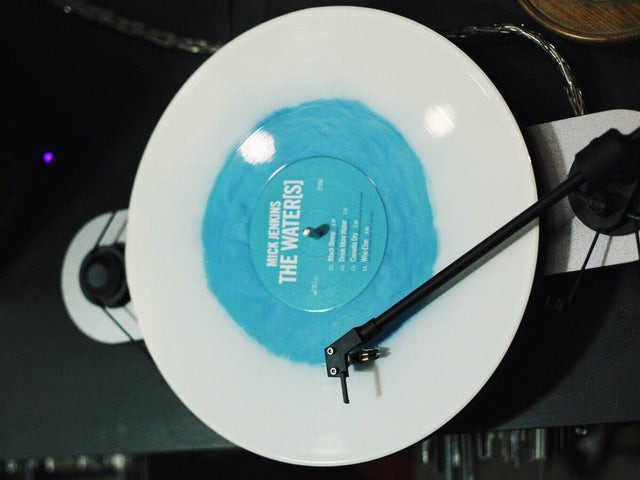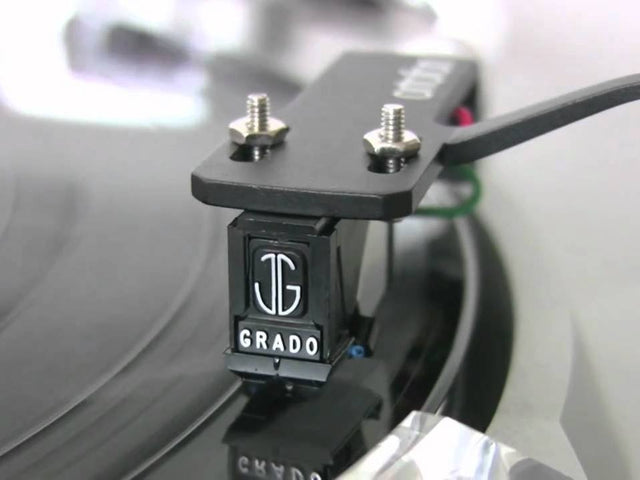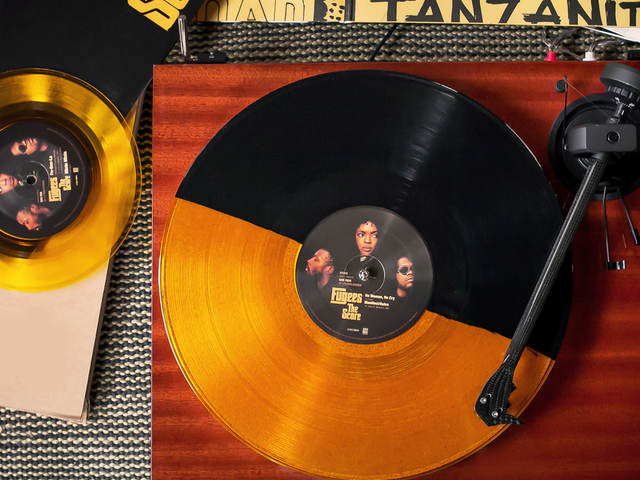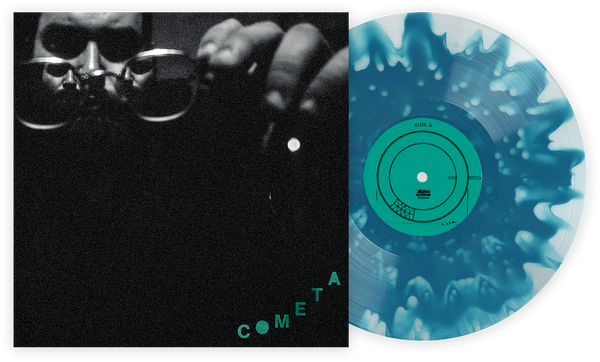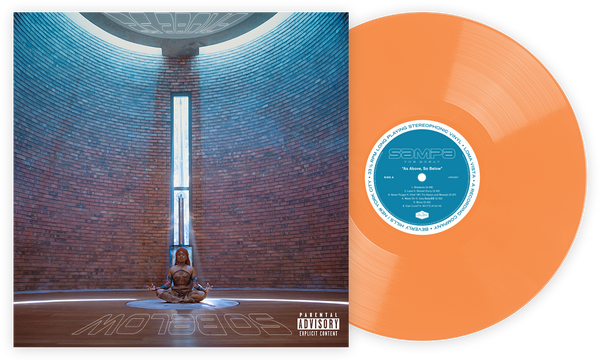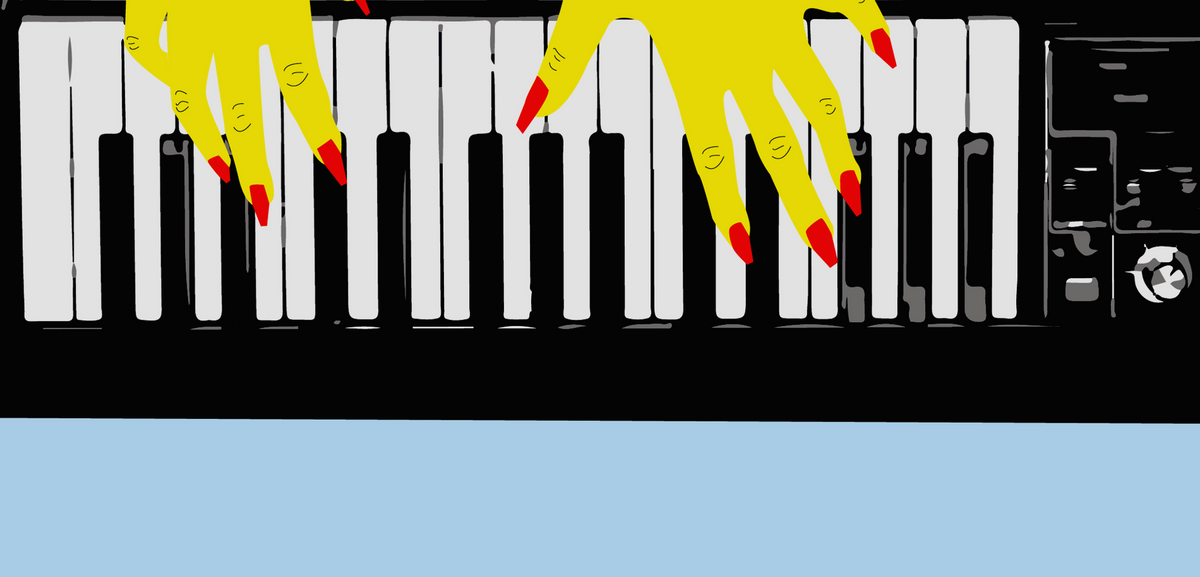Modular For The Masses: The Comeback And Accessibility Of Modular Synth
When I first started getting into modular synth, about a year and a half ago, some of my friends who were already deep into it warned me. Eurocrack, they called it. Just as addictive as crack and twice as expensive. I had laughed, liking the play on words and the joke, and then I looked up prices online. Baffled, I had no idea how I could begin to build a kit. I went to the Moog Music store in downtown Toronto to talk to a staff member; she typed me up an estimate of the most basic things I would need to make a functioning kit from scratch (on a budget), and it came to just over $1,500 CAD. Minimum. Well, I thought. I’ll just need to save this up, and buy everything at once. And so I started to save money.
But of course, life and things get in the way, and after a big move and a couple of vacations and another Christmas, I was back to square one. How can I do this sooner? I wondered. At this rate, I’ll only have a full Eurorack kit by the time I’m 30. But I wanted it now.
I wasn’t the only one in this boat.
As gearheads everywhere will know, experimenting with hardware has always been a bit of an investment. Analogue equipment — good analogue equipment — doesn’t come cheap, and the price points of gear can be prohibitive for a lot of would-be musicians. Modular synth is no exception — $2,000 modules are not uncommon, and a case to store your modules can start at $300, even for the more low-end versions.
In 2014, Robert Fantinatto and Jason Amm released “I Dream Of Wires,” a documentary on modular synthesizers. They spoke with some pioneering legends of the field, original users of old, huge synthesizers (these days, we’re spoiled by little, tiny machines), and numerous avant garde composers. In the ’70s, they had said, everybody who wanted to be on the cutting edge of music was trying to get a modular synth. They were cool! But still, expensive, and at the time, only the more prolific composers were able to get their hands on some of the more intricate and unique machines. This hasn’t changed so much since the ’70s and ’80s — the cost of modular is what stops a lot of people from pursuing their interest in it further.
The advent of technology has made music production more accessible for everyone, with producers and aspiring singers being able to write and record entire albums in home studios with nothing but a computer and a microphone. Modular synth is no exception to this trend — the high costs associated with the hardware hobby can be offset with new, online-only applications that can help wannabe gearheads move forward in chasing their electronic dreams.
British musician Sam Battle, known better as Look Mum, No Computer, specializes in modular synths and circuit breaking strange and unusual noisemakers. His YouTube videos feature him building bizarre instruments out of seemingly random parts, and creating his own synths. Known for his giant, eerie Furby organ, LMNC is a master of DIY and creativity, and shows viewers how they too can get involved in modular synth on a lesser budget. With some modules running upwards of $5,000, the main barrier of the hobby is the extraordinary cost. But artists like LMNC are looking to change that. On his YouTube, he also offers DIY tutorials, showing aspiring musicians and creators how they can create a Eurorack case (usually starting at around $200 and only going up from there) for cheap with basic materials and more affordable options. Of course, building a Eurorack case and kit also requires some understanding of electronics and circuits, but LMNC and other creators are slowly removing those as well by explaining the basics of Eurorack and modular synth design and power supply in more accessible, understandable terms, and showing musicians where to get these items, what different voltages and numbers mean, and how not to damage their creations.
Another notable Youtuber is Noir Et Blanc Vie, who has a whole Modular Synth for Beginners series, including a video on putting in your first modules into your Eurorack case — something that, for people starting out in modular synth, can be initially a bit frightening, especially if you don’t have a strong background in electronics (you’ll soon learn it’s not as scary as it seems. But the fear of short circuiting a horribly expensive piece of hardware is enough to frighten anyone).
Before I even started thinking about buying a kit, my friends warned me, I should try to play around on VCV Rack, an open-source, online modular synthesizer, and figure out what kind of sound I’d like to make with my synth, what types of modules I’d need to use. Makes sense, I thought. Reasonable. There’s no need to be buying a ton of expensive electronic equipment without fully understanding how to use it. But the gate that prevents so many people from getting into modular synth is precisely that: The lack of understanding and fear of messing up something pricey and electronic. In Toronto, the modular synth community is largely made up of older men who have been in the game for ages — my friend David showed me his Synthi a few weeks ago, a massive synthesizer the likes of which I’d never seen, which he’s had in his collection since the ’70s (the Synthi was used, as part of a bigger setup, by Canadian producer Sarah Davachi in her album Barons Court, which was released by Students of Decay in 2015. In addition to this vintage classic, she also used the Buchla Music Easel, and some live instruments, including flute and cello). Despite the fact that most, if not all, of these men are some of the kindest and most encouraging people I’ve ever met, my initial hesitation to go to some of the modular synth meetups in the city was because I was worried I would feel stupid for not knowing everything already. For those who feel the same, digital programs and software like VCV Rack help create a platform for practicing with modules and setting up patches, and encourage learning at one’s own pace.
Similarly, ModularGrid is another program that allows users to pre-plan patches in their machine and invent possible other ones with modules they might not own yet. ModularGrid also offers the benefit of sharing your creation, either through a seperate link or on their forum, and asking for tips and advice from other users, and also helps visualize and organize the space on the rack.
Modular synth isn’t always so left-of-mainstream, so odd-looking. Alessandro Cortini, for example, is known for his modular synth music, but he has even contributed live music for the band Nine Inch Nails. There are more and more artists working to use modular and semi-modular synthesizers in their art, some as an afterthought and some as the featured instrument, and the interest in vintage synths holds strong still.
Now, I’m slowly building a kit piece by piece. I found it unreasonable to want to save up the several thousand I needed for the mass purchase, and I’ve been having more fun doing slow research and picking and choosing modules that would actually work for me. My first real purchase toward a modular synth was the semi modular percussive synthesizer, Drummer From Another Mother (DFAM) from Moog. At just over $900 with tax, it definitely took a bite from my wallet, but I looked at it as a birthday present to myself and an investment for a bigger setup. The DFAM has two oscillators and is a powerful little synth on its own — combined with a Clouds module from Mutable Instruments (now discontinued, but you can still find them around on resale sites or Facebook groups), it is now an ambient machine. Add a sequencer or a randomizer, and you’ll be able to change the order of the sounds. Anything that can be changed, will be changed, and I think that’s what I like best about this dusty, meticulous little hobby: The freedom of change, the liberation, and ultimately, the fleeting nature of its sounds.
Sofie Mikhaylova is a well-rounded music nerd based in Toronto, Canada with a soft spot for found sounds and analogue electronics. You can follow her on Twitter.
Related Articles
Join the Club!
Join Now, Starting at $36Pages

